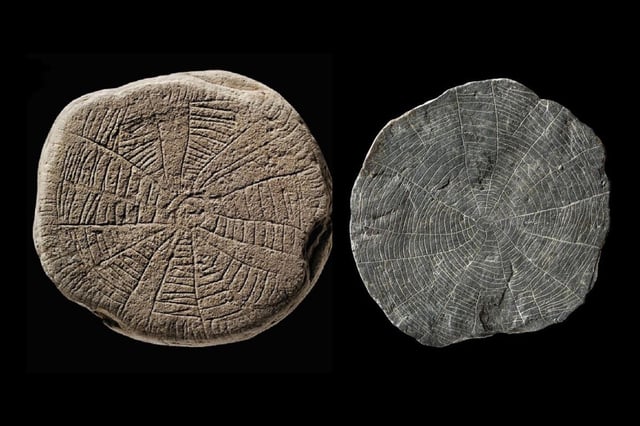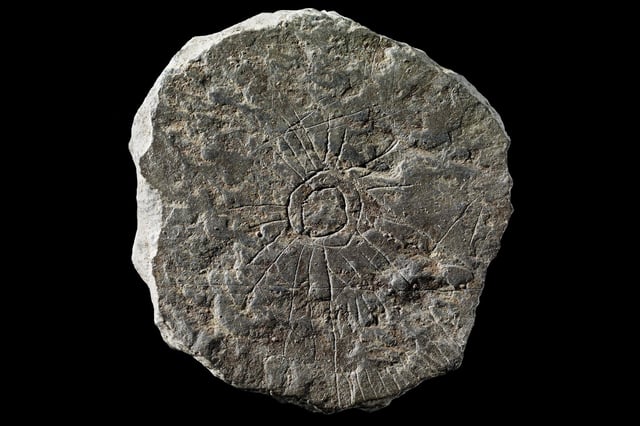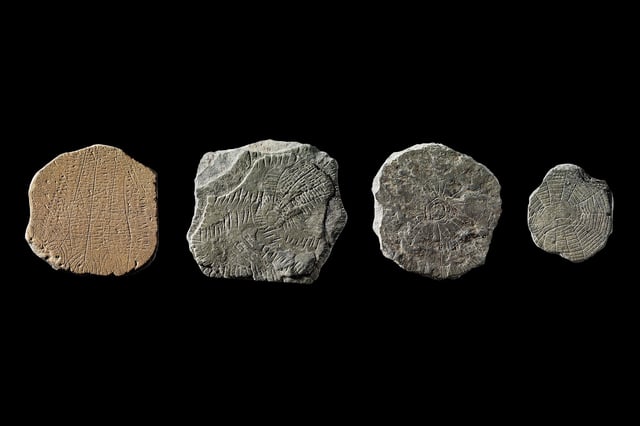Overview
- Over 600 engraved stone plaques, known as 'sun stones,' were discovered at the Vasagård West site on Bornholm, Denmark, dating back to around 2900 BCE.
- Scientists linked the ritual burial of these stones to a massive volcanic eruption that blocked sunlight and caused severe climate disruptions in Northern Europe.
- The engraved stones, featuring sun and plant motifs, are believed to have been fertility offerings to ensure crop growth or celebrate the sun's return after prolonged darkness.
- The volcanic eruption coincided with other crises, including widespread plague and the decline of the Funnel Beaker culture, marking a period of significant cultural and population change in Northern Europe.
- The findings highlight the early development of sun-worship rituals in Scandinavia, with parallels to later practices during similar climate disasters.


